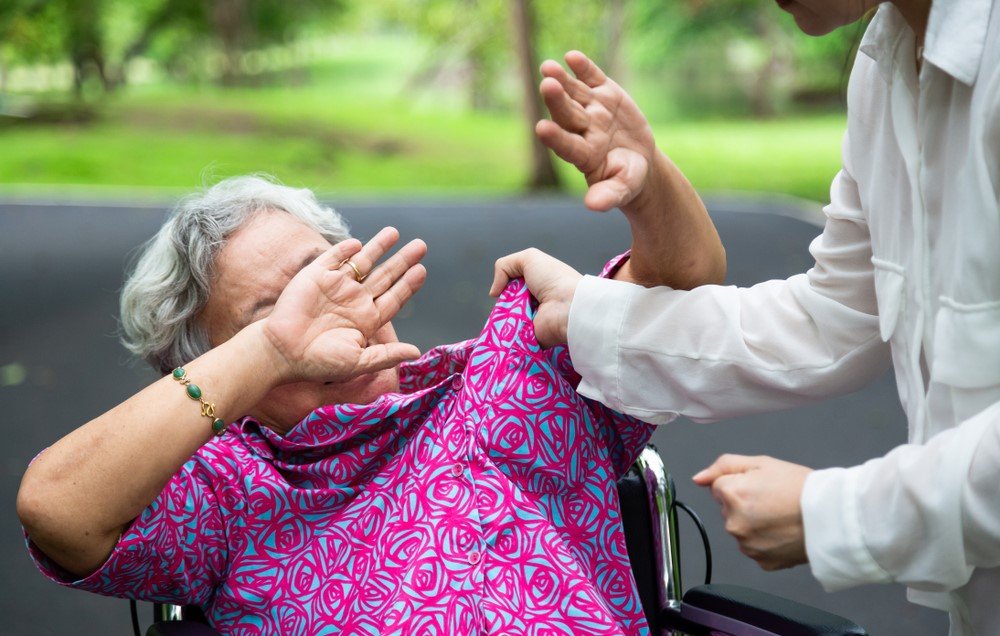
Physical abuse
Physical abuse, restraint, and misuse of medication.
What is physical abuse?
Physical abuse includes hitting, slapping, pushing, kicking, restraint, and misuse of medication. It might also involve improper use of sanctions, particularly those that involve physical restraint. Instances of physical abuse can be isolated incidents. Or they could be ongoing. Both cases are serious, and both warrant investigation and action.
Who Might Physically Abuse Adults?
Anyone who comes into contact with adults could potentially resort to physical abuse. This includes:
Spouses, friends, family and neighbours.
Paid staff or professionals.
Volunteers.
Strangers and other members of the public.
Even those employed to provide care might carry out physical abuse.
Spot the Signs of Physical Abuse
There are a number of physical signs to look out for:
Cuts
Bruises
Burns
Restraint or grip markings
Black eyes
Unusual behaviour, such as repeated trips to the hospital
Victims may feel fear, or shame of physical abuse being discovered. It may also increase the risk of further attacks from their abuser. As such, they may attempt to cover up the marks left by the abuse, for example, they may wear more makeup than usual to cover a bruise. Or they may take to wearing long-sleeved tops, even in warm weather.
Warning Signs of a Culture of Abuse
Sometimes physical abuse is an isolated incident. But in more extreme cases it can be an everyday part of a toxic culture or environment.
Sometimes, the behaviour of others may indicate that physical abuse is taking place.
Here are a few warning signs:
Name-calling, put-downs, aggressive behaviour and threats
Restricted movements (for instance, the abuser may prevent them from attending work or school)
Restricted access to money
An attitude of overt jealousy or possessiveness
A delay between the time of injury and the seeking of treatment
